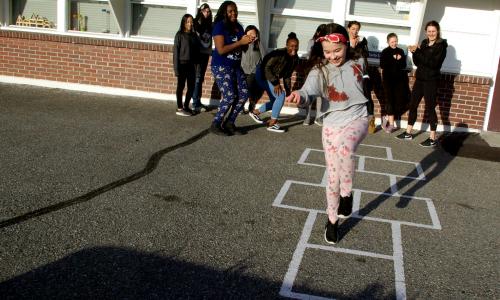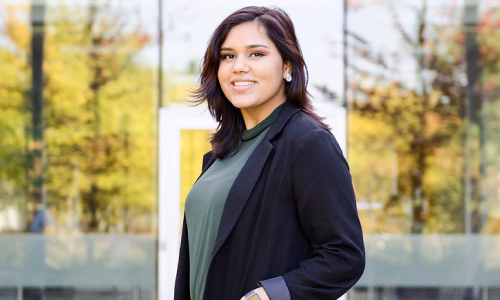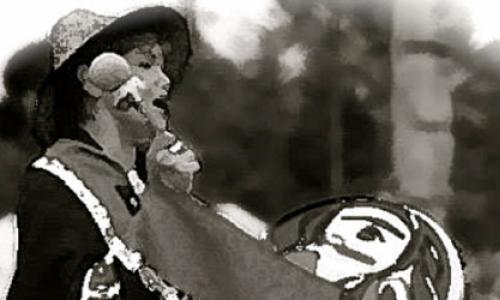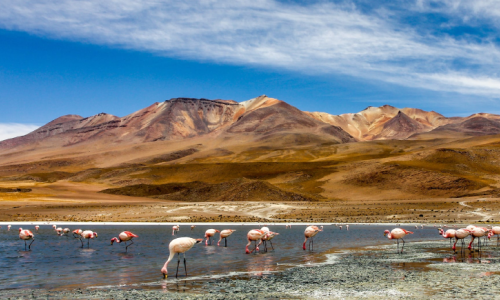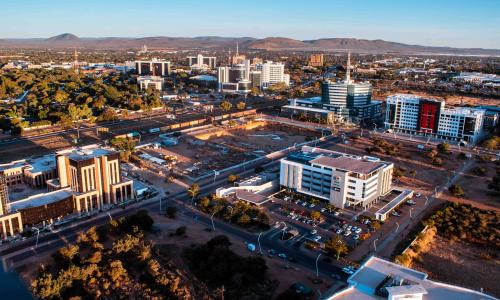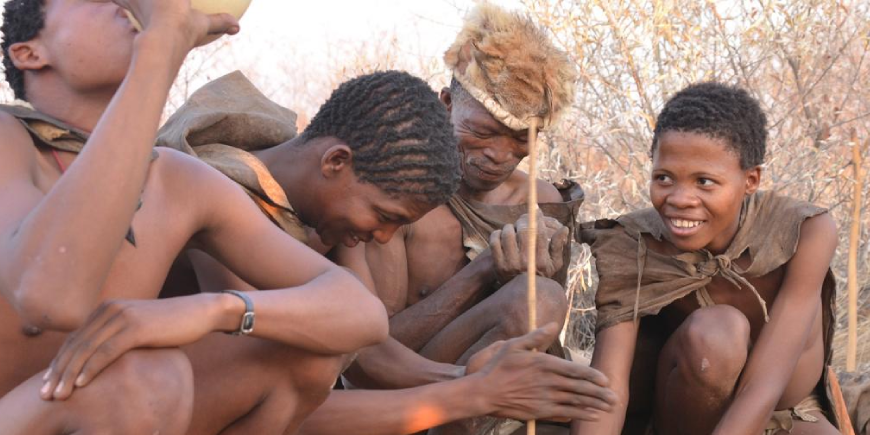
Just got back from another fabulous weekend travelling to a new location in Botswana. I went to a small farm outside of Ghanzi in the Kalahari region of the country which was originally started as a game farm, but has taken on the role of helping to preserve the cultural traditions of the San people. Some of you may know the San people from the video, "The Gods Must be Crazy" a staple in any small town education curriculum. The people are known for their hunter/gather way of living (in the Kalahari desert no less) and for their distinct language in which there is a great deal of clicking. I even learned a couple of words...
I had the opportunity to interact with many of the San people over the weekend. Some of the younger ones speak English, but many of the elders speak only Naoachoe, their traditional language. Some of the highlights of the weekend include traditional dancing and singing around the fire. Their dances are very intricate, and each one is designed to tell a story. We went on a bush walk and learned about some of the traditional roots that were used for food and medicine. This includes Hoodia, a root that has been used by the San people for centuries, and is now being hailed as the newest appetite suppressant (read: future diet pill). There is big conflict about the intellectual rights to the marketing of Hoodia. If you are interested, check into it a little more...

Also I helped build a bushman hut out of grass and trees. With out a doubt, my favorite part of the weekend was making crafts with the San women. They taught me how to make beads out of ostrich shell (an incredibly difficult process that leads to crazy blisters). I had the opportunity to share a little bit of North American culture with them by teaching them to make dream catchers. Some of the young girls caught on really easily. I told them the folk tale associated with the dream catchers. I was really great to be able to share this with them.
The weekend ended by dropping off the San at their homes in D'Kar, and experience entirely different from the idealistic environment they were staying in at the farm. Most of the houses were built with small sticks as the walls. The sticks were held together with a concoction of mud, cow dung and water which held the walls sturdy when dry. Roofs were made by laying grass atop, or if you were extremely lucky, you had a piece of corrugated steel for your roof. And for them...this was reality. It's funny how sometimes we see just a snapshot of the life that people live, and that snapshot is so far from reality.
The one thing I really came to appreciate being around the San people is the value of family. In their culture, you are always with your family. Every house (without exception) is composed of an extended family. They are always there for one another, through the best of times and the worst. Everyone in the settlement is a friend, and they are open to bringing us crazy foreigners into their lives as friends. It really gave me a new appreciation of my own wonderful friends and family.
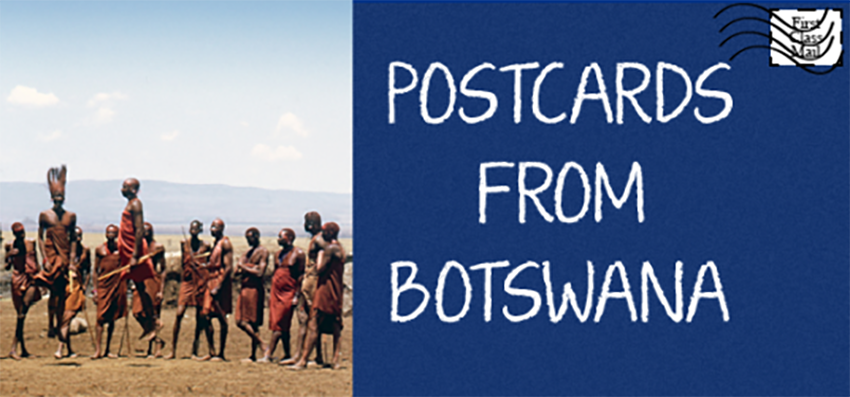
Beyond the Blog
-
Find out more about the Biomedical Physiology and Kinesiology Co-op Program.
-
Find out more about working internationally through the International Co-op Program.









